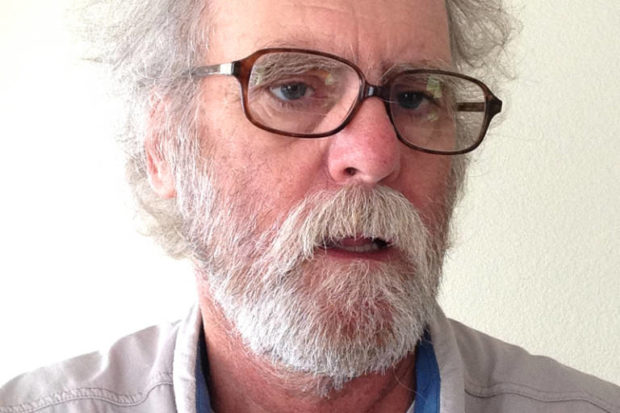
By Tom Frantz
The San Joaquin Valley Air Pollution Control District Board (Air Board) has recently submitted a request to the Environmental Protection Agency (EPA) for a determination of compliance for the one-hour ozone standard. It wants the removal of the associated $29 million annual penalty for failure to comply. The fine is being paid by motorists through DMV fees. It is used for air improvement projects here in the Valley. The announcement was a big media event.
If valid, this achievement would be great news and signify an important step in Central Valley progress toward healthier air. Unfortunately, the request is based on falsification of the facts, manipulation of the data and removal of monitors that historically register the highest levels of air pollution in the Valley. On top of that, if approved by the EPA, this request will actually slow improvements to our horrible air quality, which currently causes billions of lost dollars annually to the local economy in the form of health-related costs.
Their first false claim is that violations in the Valley have consistently dropped over the years. Yes, the air today is certainly cleaner than 30 years ago because of smog controls on cars and federal rules for power plants and refineries. But progress toward federal health standards for air quality has slowed dramatically over the past 10 years. Current rates of progress indicate we will not meet the most health protective federal air quality standards for at least 35 years. Also, the removal of specific monitors is giving the false impression of slight improvements to air quality recently.
The claim that the one-hour ozone standard has been met this year is bogus for a couple of important reasons. Even with no recorded violations in 2013, the standard demands three years of no more than three violations at a single monitor. Since at least one site, Fresno Drummond, had five violations over the past three years, the region has clearly not met the standard. The Air Board is brazenly claiming that the four-hour-long 2012 Richmond refinery fire in the Bay Area caused ozone violations in Fresno 4‒5 days later. It is asking the EPA to approve that coincidence as factual cause and effect.
The Air Board is also claiming that trans-boundary ozone from China has raised ozone levels in the Bakersfield/Arvin area by 12%‒23%. This claim is based on blatantly false statistical analysis of low levels of correlation between independent variables that can just as easily be caused by other factors. Even though the Kern County area had no recorded exceedences of the one-hour ozone standard in 2012 or 2013, the claim is being used to justify the missing Arvin Bear Mountain ozone monitor data. They want the EPA to treat any presumed violations in the Arvin area as out of their control.
Finally, the Arvin monitor recorded, by itself, a third of the one-hour ozone violations during the years 2006 through 2010. It was removed in 2011 after 21 years of service with no notification to the public and replaced by a monitor a few miles away in a different geographical setting. Both the California Air Resources Board and the EPA have demanded that the monitor be put back so that the historical record of air quality improvements has continuity and integrity.
The EPA says it will probably not be able to certify air district compliance with any ozone standard until that monitor is recording data again. Both monitors ran in 2010 so we can compare them directly. The replacement monitor, Di Giorgio, showed dramatically lower ozone readings. In fact, the readings at Bear Mountain were often 20% higher than those at the Di Giorgio replacement site. Using Di Giorgio readings, there is a good probability there would have been violations of the one-hour ozone standard on possibly five different days.
This claim of success is nothing more than a cynical attempt by the Air Board to give big pollution sources in the Valley some breathing room. It is also an attempt to get the public to put pressure on the EPA to lighten up on enforcement of federal air quality standards in the Valley. How ironic that it is the breathing public who will continue to suffer from this publicity stunt.
*****
Longtime clean air advocate Tom Frantz is a retired math teacher and Kern County almond farmer. A founding member of the Central Valley Air Quality Coalition, he serves on the CVAQ steering committee and as president of the Association of Irritated Residents. CVAQ is a partnership of more than 70 community, medical, public health, environmental and environmental justice organizations representing thousands of residents in the San Joaquin Valley unified in their commitment to improve the health of Californians. For more information, visit www.calcleanair.org.
